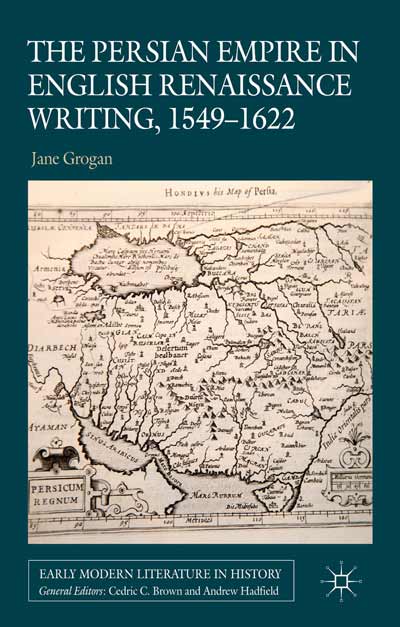
Gheiby, Bijan. 2015. Twelve ancient treatises. Translation and Commentary. Bielefeld: Nemudar.
- Ayādgār ī Zarērān “Memorial of Zarēr”
- Wizarišn ī čatrang “Explanation of Chess”
- Mādayān ī yōšt ī Friyān “The Book of Yōšt of the Friyān”
- Māh ī Frawardīn rōz ī Hordād “The Sixth (Hōrdad) Day of the Mounth Frawardīn”
- Abar Madan ī Wahrām ī Warzāwand “On the Coming of the Miraculous Wahrām”
- Sūr saxwan “Banquet Speech”
- Xweškārīh ī redagān “The Duty of Children”
- Čim ī kustīg “Reasons for the Sacred Girdle”
- Čim ī drōn “Reasons for the Sacred Portion”
- Āfrīn ī [payγāmbar] Zardušt “A Blessing of Zarathustra”
- Tohmag ošmārisn ī Zardušt
- Farox-nāma
In Original:
غیبی، بیژن. ۲۰۱۵. دوازده متن باستانی. انتشارات نمودار: بیلفلد.
Ġeybi, Bižan. 2015. dawāzdah matn-e bāstāni. Nemudar: Bielefeld.
 Daryaee, Touraj, Ali Mousavi & Khodadad Rezakhani (eds.). 2014.
Daryaee, Touraj, Ali Mousavi & Khodadad Rezakhani (eds.). 2014.  Sims-Williams, Nicholas (ed.). 2015.
Sims-Williams, Nicholas (ed.). 2015.  Sims-Williams, Nicholas, Martin Schwartz & William J. Pittard (eds.). 2014.
Sims-Williams, Nicholas, Martin Schwartz & William J. Pittard (eds.). 2014.  Peacock, Andrew C. S. & D. G. Tor (eds.). 2015.
Peacock, Andrew C. S. & D. G. Tor (eds.). 2015.  Dijkstra, Roald , Sanne van Poppel & Daniëlle Slootjes (eds.). 2015.
Dijkstra, Roald , Sanne van Poppel & Daniëlle Slootjes (eds.). 2015.  Grogan, Jane. 2014.
Grogan, Jane. 2014.  Kinra, Rajeev. 2015.
Kinra, Rajeev. 2015. 
 Krasnowolska, Anna & Renata Rusek-Kowalska (eds.). 2015.
Krasnowolska, Anna & Renata Rusek-Kowalska (eds.). 2015.